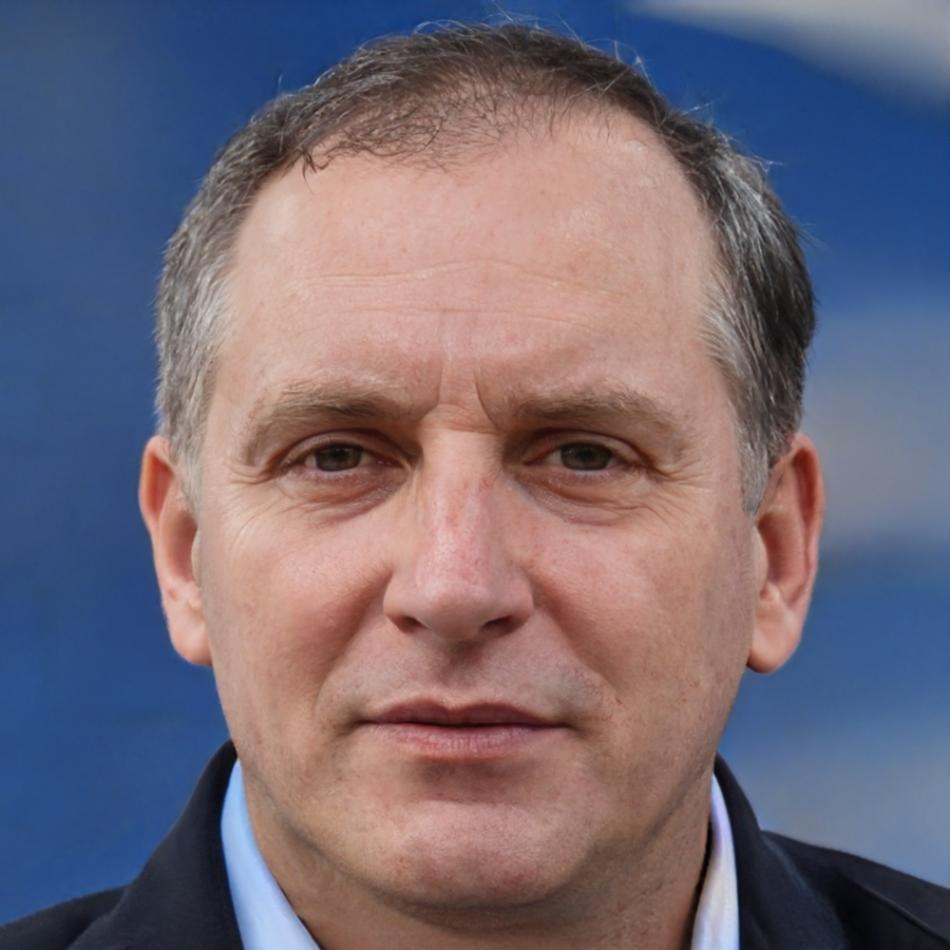Real Progress From Real Analysts
Financial modelling changes careers. Not overnight, and not through shortcuts. These analysts spent months building their skills, and it showed when opportunities appeared. Some transitioned from unrelated fields. Others sharpened existing knowledge to reach senior roles.
What they share is persistence and a willingness to practise beyond coursework. The techniques they learned here gave them confidence to handle complex models at work. That's what matters in the end.
Harriet Brennan
Senior Financial Analyst, Brisbane
Harriet came from marketing with basic Excel skills and curiosity about finance. She spent six months learning scenario analysis and building forecasting models. By mid-2025, she'd moved into an analyst role at a property investment firm.
Her models now guide acquisition decisions worth millions. She says the hardest part was accepting she'd make mistakes early on. Once she stopped worrying about perfection, progress followed naturally.
Declan Sørensen
Portfolio Analyst, Sydney
Declan worked in retail banking but felt stuck doing repetitive tasks. He wanted to understand portfolio valuation and risk modelling. After finishing the programme in late 2024, he applied to boutique investment firms.
Three months later, he landed an analyst role. Now he builds valuation models for equity portfolios. He admits the learning curve was steep, but the effort paid off when he could finally contribute real insights during team meetings.
Fiona Lindqvist
Budgeting Analyst, Melbourne
Fiona had accounting experience but struggled with dynamic financial modelling. She wanted to move beyond static spreadsheets and learn forecasting techniques that adapt to changing assumptions.
After finishing in early 2025, she joined a manufacturing company's finance team. She's now responsible for monthly forecasts and variance analysis. She says understanding model architecture made all the difference when presenting to executives.
Oscar Tomasson
Investment Analyst, Perth
Oscar studied economics but had minimal practical experience with financial statements. He spent seven months practising DCF models and learning how to structure sensitivity analysis properly.
In March 2025, he started working for a mining investment group. He says the repetition felt tedious at times, but when he finally understood how each input affects output, everything clicked. Now he builds models his colleagues trust.
How Analysts Build Skills Here
Progress happens in stages. Each module builds on what came before. You'll move from basic structures to complex scenarios as your understanding deepens.
Foundation Structures
Start with three-statement models and learn how income statements, balance sheets, and cash flow statements connect. Most people underestimate this step, but it's where everything begins. You'll practise until the relationships feel automatic.
Scenario Planning
Once the basics hold, you'll add scenario analysis and sensitivity tables. This is where models become useful in real situations. Learn to test assumptions and understand which variables matter most in decision-making.
Valuation Techniques
Move into DCF analysis, comparable company analysis, and precedent transactions. These methods require judgement as much as technical skill. You'll work through case studies based on actual Australian companies and sectors.
Advanced Integration
Bring everything together in complex projects that mirror workplace demands. Build models that incorporate debt schedules, working capital changes, and multiple business segments. This is where confidence grows.

What Changes After Training
Finishing the programme doesn't guarantee anything. But it gives you tools that make conversations with hiring managers different. You can speak about model architecture, explain your assumptions, and defend your forecasts.
Graduates typically notice these shifts within three to six months:
- They stop feeling anxious when asked to build models from scratch
- They understand financial statements well enough to spot inconsistencies quickly
- They can explain valuation approaches to colleagues without technical backgrounds
- They participate in budget meetings with genuine input rather than just listening
- They apply for analyst roles they would have ignored before
These aren't dramatic transformations. They're practical improvements that accumulate over time and create new possibilities in your career.

Lachlan Järvinen
Financial Planning Analyst
Adelaide Infrastructure Group
I'd been working in operations for years and wanted to move into finance. The problem was I didn't know where to start with proper financial models. This programme taught me step by step, and I actually understood why formulas worked instead of just copying them. By January 2025, I had a new job building forecasts for infrastructure projects. I still refer back to the materials when something complex comes up. It's been worth every hour I put in.
Ready To Build Your Modelling Skills?
Our next intake begins in September 2025. If you're serious about learning financial modelling properly, let's talk about whether this programme fits your goals. We're happy to answer questions about the curriculum and what to expect.
Get In Touch